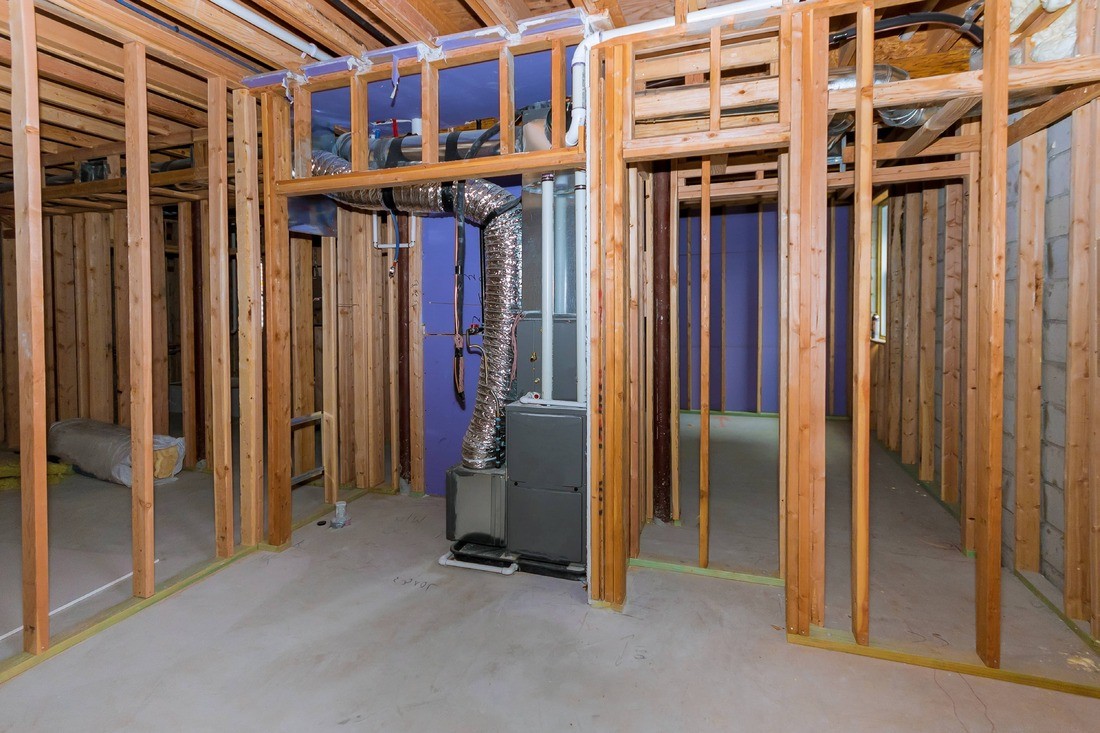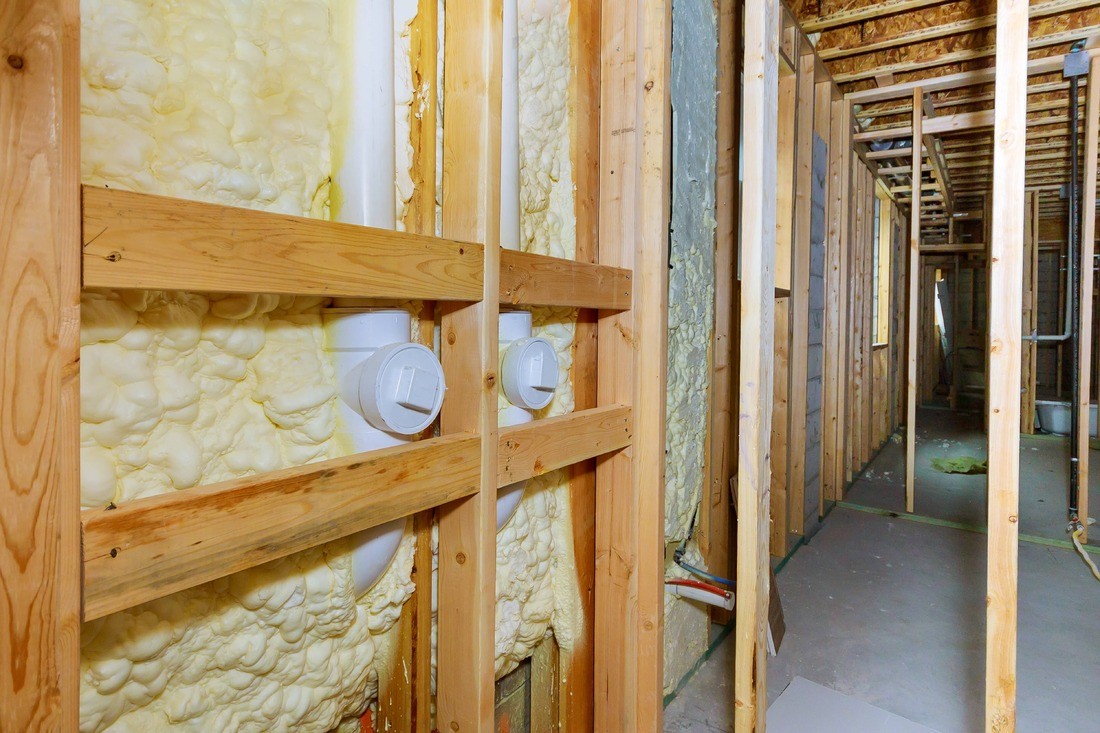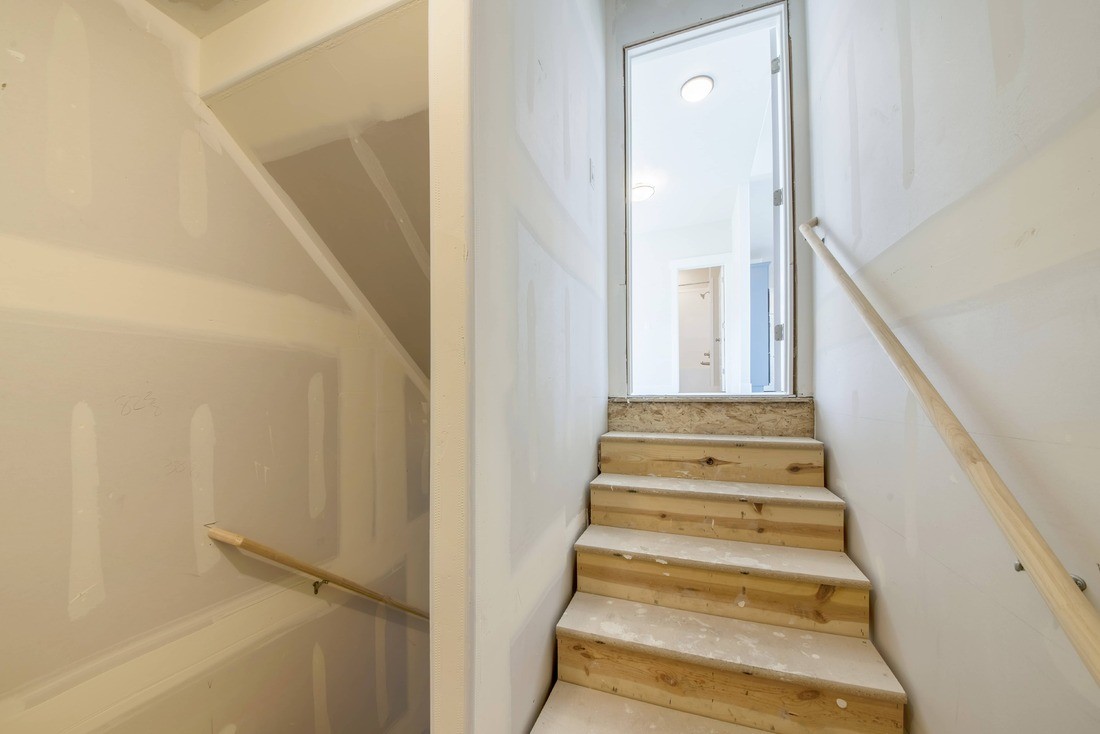
Introduction
Welcome to JGW Group Water Damage Restoration’s comprehensive guide to water damage restoration. In this article, we will provide you with in-depth information on all aspects of water damage restoration, including the process, prevention tips, and the best restoration services available. Whether you are dealing with a flooded basement, mold growth, or sewage backup, this guide is here to help you navigate through the challenges of water damage and provide you with valuable insights to restore your property.
Understanding Water Damage Restoration
What is Water Damage Restoration?
Water damage restoration refers to the process of restoring a property to its pre-damage condition after it has suffered water-related issues, such as flooding, leaking pipes, or water intrusion. This process involves various steps, including water extraction, drying, disinfection, and repairing any damages caused by the water.
The Importance of Water Damage Restoration
Water damage can have severe consequences if not addressed promptly and properly. It not only affects the structural integrity of the property but also poses health risks due to mold growth and contamination. Water damage restoration is crucial to mitigate further damage and prevent long-term issues such as mold infestation, rotting wood, and structural damage.

The Water Damage Restoration Process
The water damage restoration process typically includes the following steps:
- Assessment: A professional restoration team evaluates the extent of the water damage and creates a plan for restoration.
- Water Extraction: Excess water is removed from the affected area using specialized equipment.
- Drying and Dehumidification: High-powered fans and dehumidifiers are used to remove moisture from walls, floors, and furniture.
- Sanitization: The affected area is thoroughly cleaned and disinfected to prevent mold and bacterial growth.
- Repairs and Restoration: Any damaged materials, such as flooring or drywall, are repaired or replaced.
- Final Inspection: A final inspection is conducted to ensure that the property is fully restored and safe for occupancy.
Preventing Water Damage
Prevention is key in avoiding the costly and stressful process of water damage restoration. Here are some preventive measures you can take:
- Regularly inspect and maintain your plumbing system.
- Install a sump pump in your basement to prevent flooding.
- Ensure proper drainage around your property to prevent water buildup.
- Seal any cracks or gaps in your foundation and walls.
- Keep gutters and downspouts clean and free from debris.
The Best Water Damage Restoration Services
When it comes to water damage restoration, it’s crucial to hire a reputable and experienced restoration company. Here are some of the best water damage restoration services available:
- JGW Group Water Damage Restoration – Offering a wide range of restoration services, including water extraction, mold remediation, and emergency water damage repair.
- About JGW Group Water Damage Restoration – Learn more about the company and their expertise in water damage restoration.
- Emergency Water Damage Restoration Services – Immediate assistance for emergency water damage situations.
Additional Resources
For further information on water damage restoration, prevention, and related topics, you may find the following resources helpful:
- Water Damage Restoration Vs. Water Mitigation
- The Best Water Damage Restoration Services of 2023
- Water Damage Restoration Collection Articles
FAQ
What are the common causes of water damage?
How long does the water damage restoration process take?

Disclaimer: This page contains affiliate links. If you click through and make a purchase, we may receive a commission.



